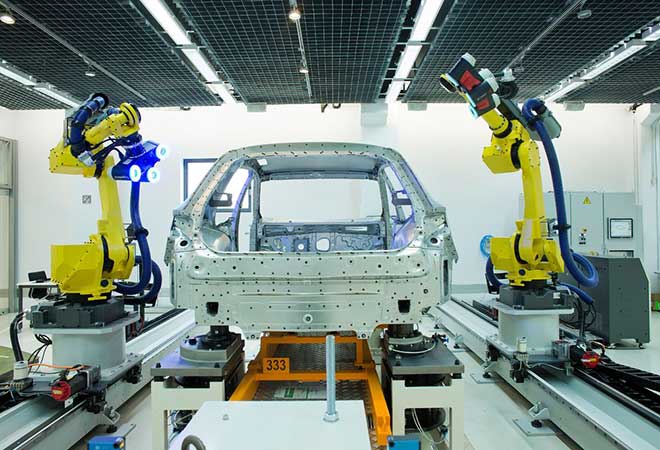Do you want to start working on increasing the automation of your assembly line? You probably already have an idea of how a screw clamping robot can improve the efficiency of your entire assembly line. But there are a few essential points to be aware of before you start using your robot. Fixing screws is a fairly common task. It is one of the most common fixing techniques in assembly. Using even small variations in the screwing process can significantly impact the accuracy of the assembly. A robotic screwdriver can be a practical helper. It can improve the quality and consistency of the fastening task.
But the process of tightening screws can also be challenging to automate. With the right approach - and the right robotic solution - it is possible to make the right decisions for your unique production process.
How to choose the suitable robotic fastener
You probably imagine a robot complete with numerous devices and sensors. You can imagine him moving quickly through his workstations.
Although it is possible to automate almost any screw-fixing task, practical considerations must guide you.
6 aspects to know before choosing a robotic screwdriver
1. Solutions that are similar to one another are often very different
You may encounter several screwdriver solutions on the market at once. Even seemingly identical robotic systems offer very different user experiences. Despite their apparent visual similarity, some are much more user-friendly than others.
2 One of the main differences between the different screw mounting solutions is the software. It is how the robot can be instructed to perform a particular screwing task. Some robotic screwing solutions use a reasonably simple programming interface. It can only be understood after you experience the robot yourself or see how it is programmed.
3. Simplicity is key
When you automate your screwing task with a robot, always keep it simple. It will allow you to get your robot up and running as quickly as possible and reduce the chance of errors. Simplicity for a robot is not the same as simplicity for a worker.
4. Robots may be slower. But that's okay.
We sometimes think that robots move too fast. Maybe it's because YouTube videos of impressive high-speed robot pickers are familiar to us. But in reality, robots move at a slightly slower pace than humans do. The increase in productivity comes from the fact that humans are distracted from the screw-tightening process and switch to other work, not because the robot is faster.
5. Quality and consistency are the main benefits
Quickness and increased productivity are less important than people think. No matter how fast it moves, any robot will benefit most from improved quality and consistency. With a robot, even with 1% screw-in failure (which is not bad for manual fasteners), tens of thousands of poor-quality products can be produced daily. Using a robot significantly reduces this figure.
6. Your fastening task must be high impact.
When choosing an automatable screw-fixing task, try to make sure that it has a high kickback rate. Automating it with a robot will provide immediate and obvious benefits to your assembly process.
In conclusion, it is essential to remember that the screw-fixing assembly process can be complicated when you automate it for the first time. However, you don't have to do it alone.




